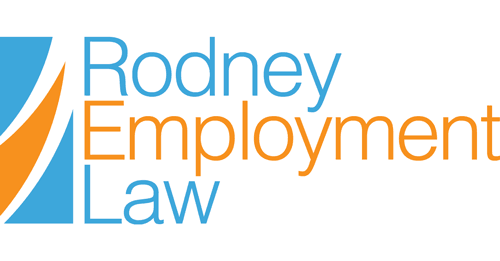Even if you don’t follow the NBA, you’ve probably heard about the LA Clippers lately, and the story of their disgraced owner Donald Sterling. Sterling was heavily fined and banned for life by the league late last month after he was revealed to have made offensive and racist comments about who he didn’t want his girlfriend associated with, and who he didn’t want attending his basketball games. Sterling’s brand of hate is despicable anywhere, but as an employer it’s completely unacceptable in a workplace environment.
The NBA did not let Sterling’s comments slide. League commissioner Adam Silver, after only three months on the job himself, made headlines and demonstrated leadership when he issued maximum penalties against Donald Sterling. Sterling’s comments may have been made in a private phone call, but they weren’t immune from infecting the workplace. The comments weren’t just ugly in their own right. For NBA players, and everyone else involved with the league, the basketball court is their workplace, and Sterling’s comments affected every employee who works for the NBA. Silver worked quickly and diligently to ensure that respect and tolerance were stressed as values in that workplace, even if that meant severely reprimanding an owner.
Adam Silver did what all employers are required to do – ensure their workplaces are harassment free and safe for all of their employees. Employers have a two-fold duty to protect their employees from remarks such as Donald Sterling’s – under the Occupational Health and Safety Act, and the Ontario Human Rights Code. Together, this legislation protects employees at law from this type of harassment in the workplace, as well as many others.
In Ontario, employees are protected against racial prejudice under the Ontario Human Rights Code. The Code ensures that employees are protected at work from discrimination and free from harassment on a wide list of grounds such as race, gender, age, ethnic origin, family status, or disability just to name a few. The Occupational Health and Safety Act goes a step further, protecting employees from any type of harassment that may be unwelcome, and not just under categories listed in the human rights code. Employers cannot base hiring or termination on any of these grounds, and employees must be protected throughout their time at work.
It is important to note though that discrimination isn’t always as loud or obvious as in the case of Donald Sterling. Besides some of the more outright examples, there’s also adverse effects discrimination – an employer rule or policy that may appear to be neutral, but becomes discriminatory in the way that it’s applied in practice. These can include uniform policies that discriminate against religious dress, like a uniform that’s mandatory for all employees, but would prohibit the wearing of a religious headscarf. Similarly, a rule that employees must be clean-shaven may seem equal, but it would discriminate against an employee or potential employee who does not shave for religious reasons. For parents who take pregnancy or parental leave, the workplace may have changed while they were gone, but changing their role or salary significantly because of their time off may also be considered discriminatory.
In addition, harassment can also be subtle in the workplace, and may include any of the following: A co-worker who complements a co-worker’s appearance one day in the outfit they’re wearing can constitute sexual harassment. Telling inappropriate jokes involving race or age can constitute non-sexual verbal harassment. Mocking a co-worker behind their back for their accent or disability can be considered harassment as well. None of these are welcome in a workplace environment, and this type of conduct, or any sort of workplace bullying, is unacceptable under a proper workplace harassment policy.
The Bottom Line
Discrimination or harassment in the workplace is inappropriate no matter who it comes from. Employers have a duty to keep the workplace free from harassment and discrimination by enforcing workplace harassment and human rights policies, and protecting any employee who may come forward with a complaint. If you’re concerned about activities going on in your workplace, or want to know more about some of the HR training that we offer, contact us for more information.
Disclaimer: this post is intended for educational and non-commercial purposes only and is not intended to be a source of legal advice to any person in respect of any particular legal issue; it does not create a solicitor-client relationship with any readers. If you have a legal issue or possible legal issue, please contact us.
Blog post by Shaun Bernstein